See the Superhuman at the Wellcome Collection
Uniting an ancient Egyptian prosthetic toe, the shoes that caused Naomi Campbell’s famous catwalk tumble, Viagra and a 19th century silver nose for a women disfigured by syphilis; the Wellcome Collection’s Superhuman show looks to be quite a spectacular.
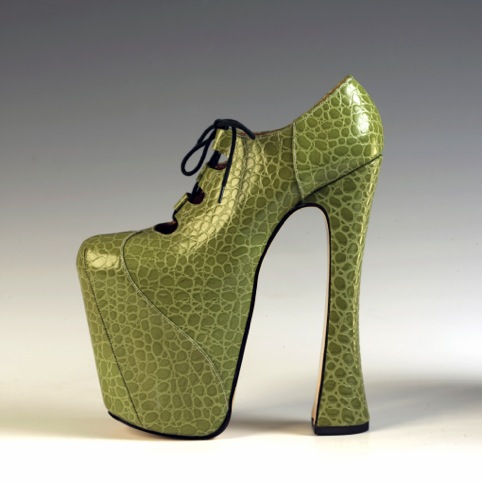
Source: The Shoe Collection, Northampton Museums and Art Gallery
Super Elevated ghillie shoes by Vivienne Westwood
Coinciding with the London 2012 Olympic and Paralympic games, the exhibition will bring together over 100 artworks, artefacts, videos, photographs, comics and medical objects that demonstrate the innate human desire to adapt and enhance their body’s performance.
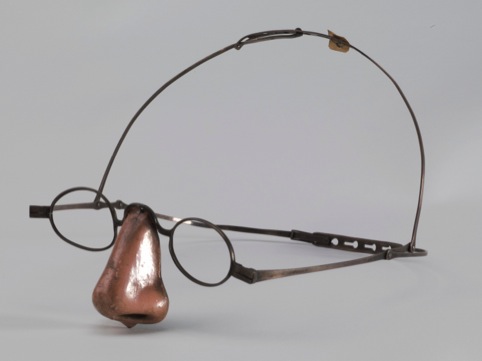
Source: Hunterian Museum at the Royal College of Surgeons
Silver prosthetic nose
Emily Sargent, Curator of Superhuman says: ‘Human enhancement is one of the most exciting and feared areas of modern science, where sci-fi imaginings seemingly come alive. But it is not the exclusive preserve of the contemporary technologist, as our desire to enhance ourselves and our ingenuity to do so is in evidence throughout our history.’
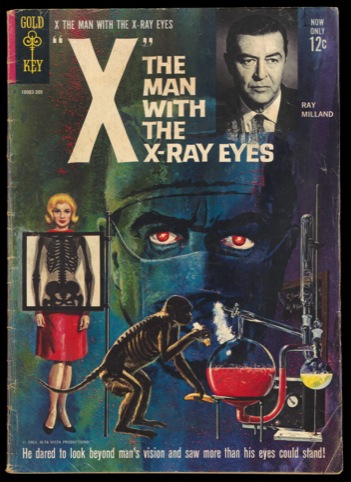
Source: Wellcome Library, London
As well as practical bodily accouterments such as early prosthetic limbs; the exhibition shows more unusual modifications we’ve attempted over the years – from Ambroise Paré’s exquisite 16th century engraving of a mechanical hand to the microchip inserted into the self-declared cyborg, Professor Kevin Warwick.
The history of prosthetics is delineated through examples including prosthetic legs being parachuted into Afghanistan in Mohsen Makhmalbaf’s film, Kandahar; James Gillingham’s studio photographs of Victorian women displaying their artificial limbs but concealing their faces; and the prosthetics developed in an attempt to ‘normalise’ children affected by Thalidomide in the mid-twentieth century.
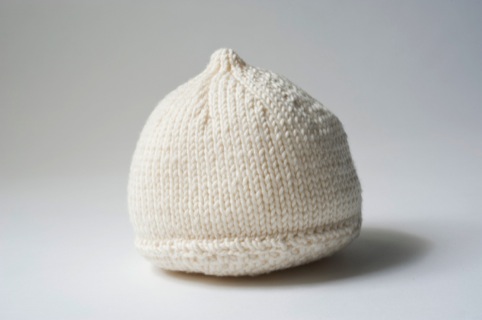
Source: Knitted by Louise Sargent
Knitted breast prosthesis
Of course, sport plays a huge role in the desire to enhance the human body. There are some fascinating tales, such as that of Tom Hicks, who collapsed at te line o winning the 1904 Olympic marathon. He was found with dangerous levels of strychnine in his body, which were bizarrely allowed under the rules of the time, while training for more than four weeks per year was prohibited.

Source: Royal Pharmaceutical Society Museum
Strychnine
Among the peculiar sporting inventions on show are the whizzinator: a false penis designed to dodge doping tests by delivering clean urine.
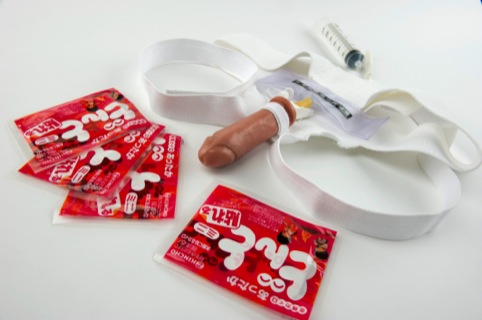
Source: Wellcome Library, London
Whizzinator (tan)
As well as offering hundred of weird and wonderful examples of our desire to ‘superhumanise’ ourselves, the show asks some probing questions into the issues behind the process itself. A video debate between ethicists, scientists and philosophers will b screened, questioning whether bodily extensions are evolutionary progress or a ‘denial of what makes us human – more supra than superhuman?’
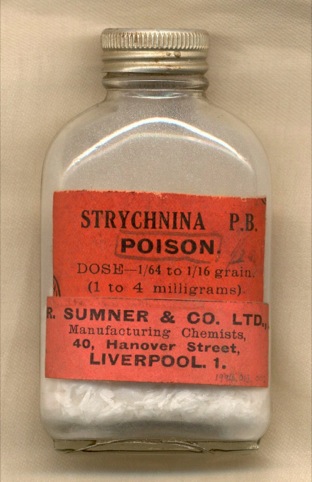
Source: Wellcome Collection
Superhuman: exploring human enhancements from 600BCE to 2050
Superhuman runs from 19 July – 18 October at Wellcome Collection, 183 Euston Road, NW1
-
Post a comment




